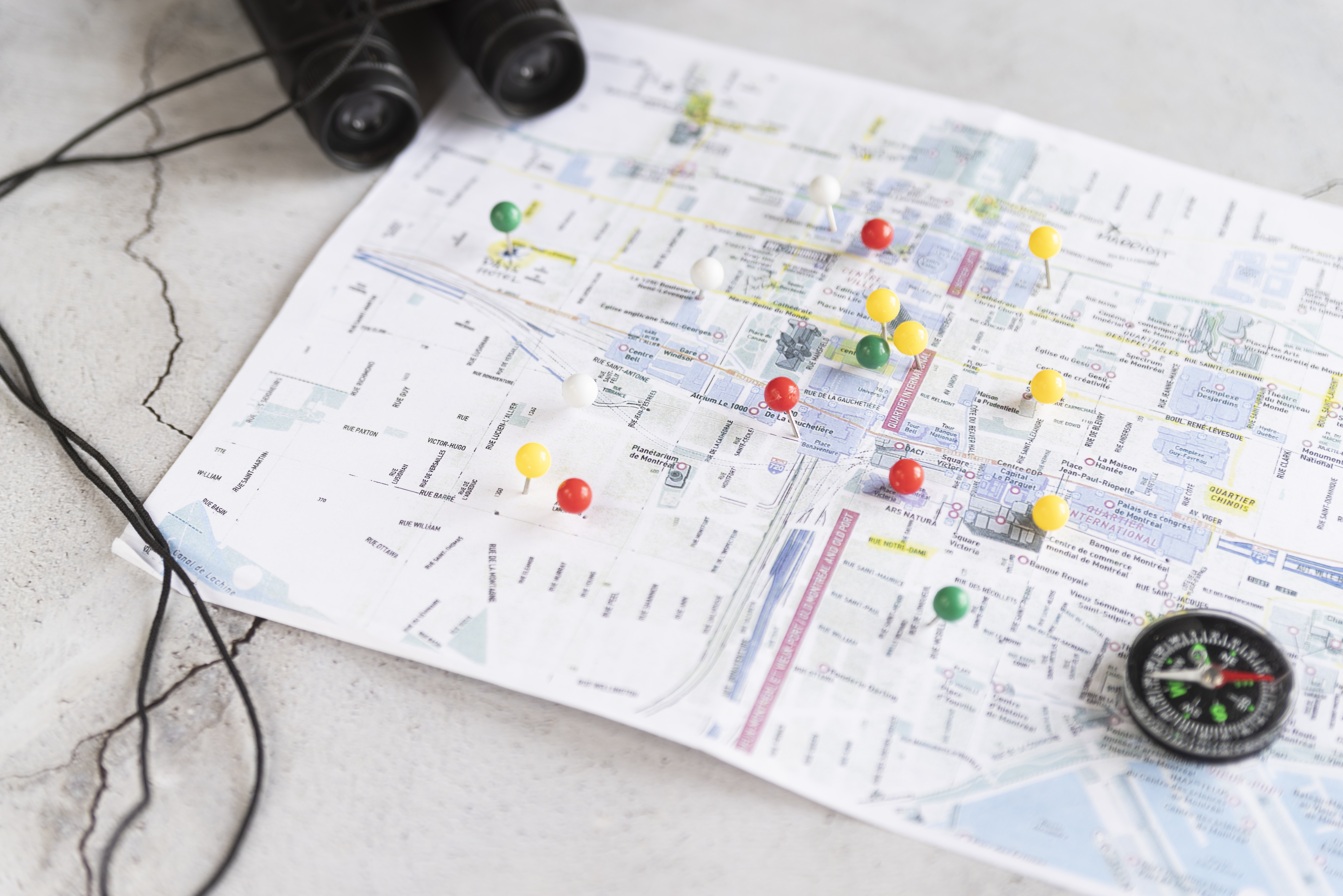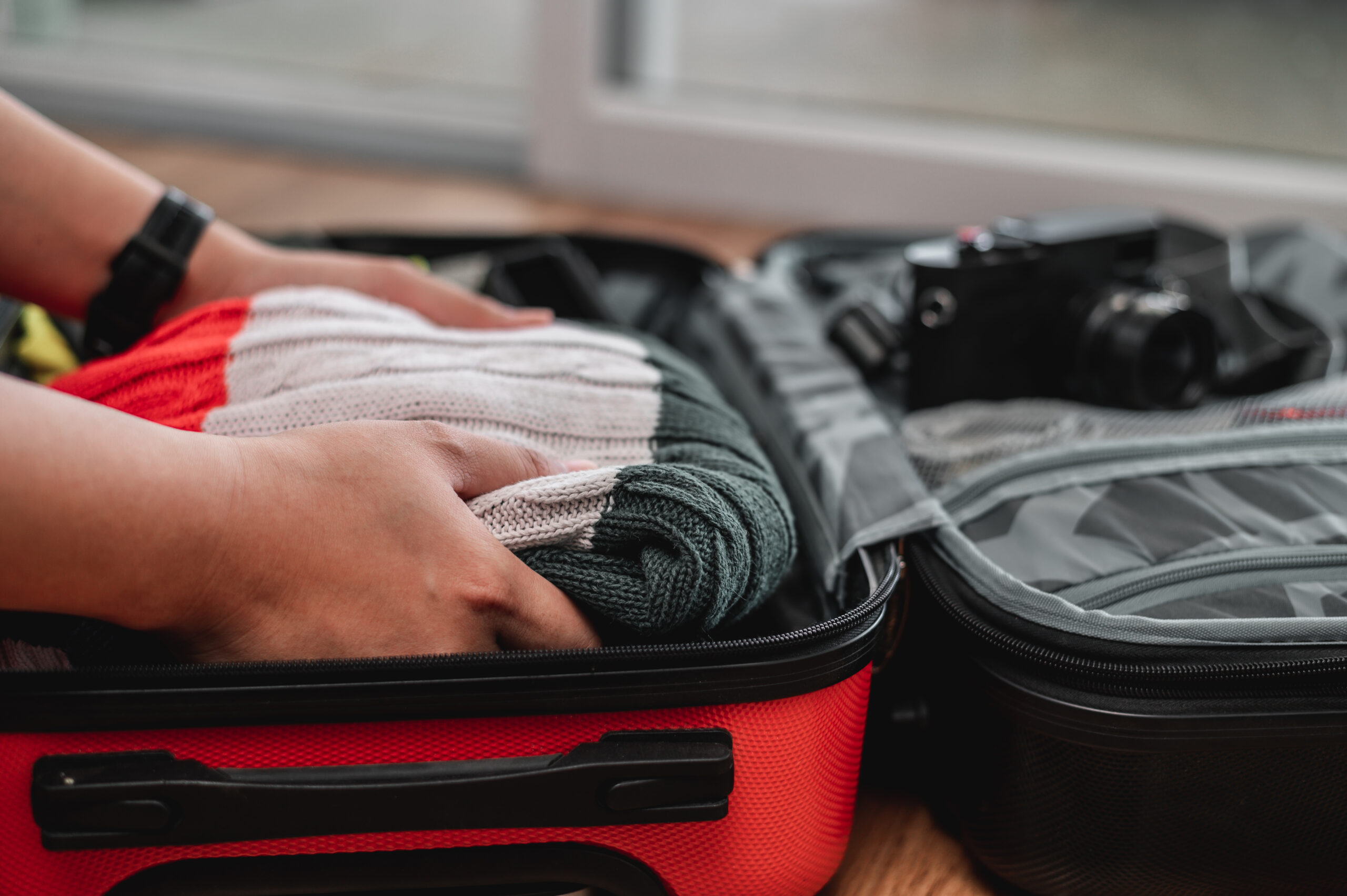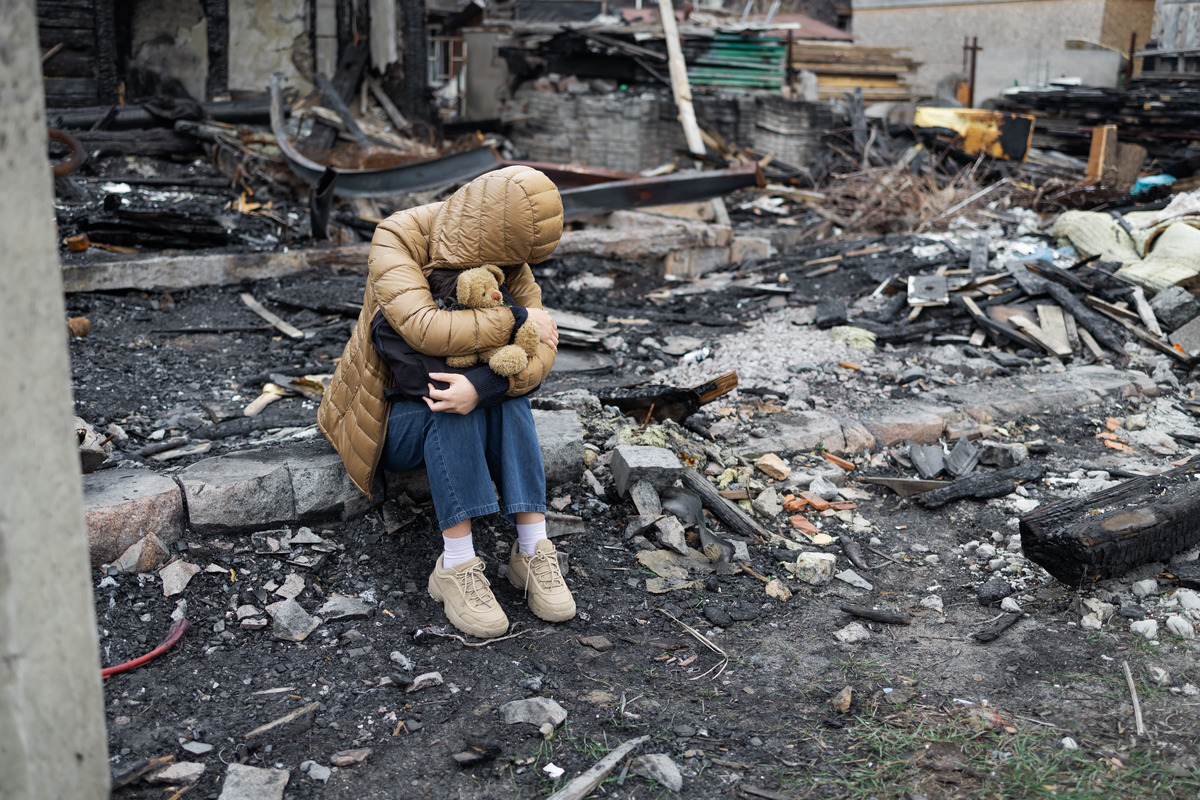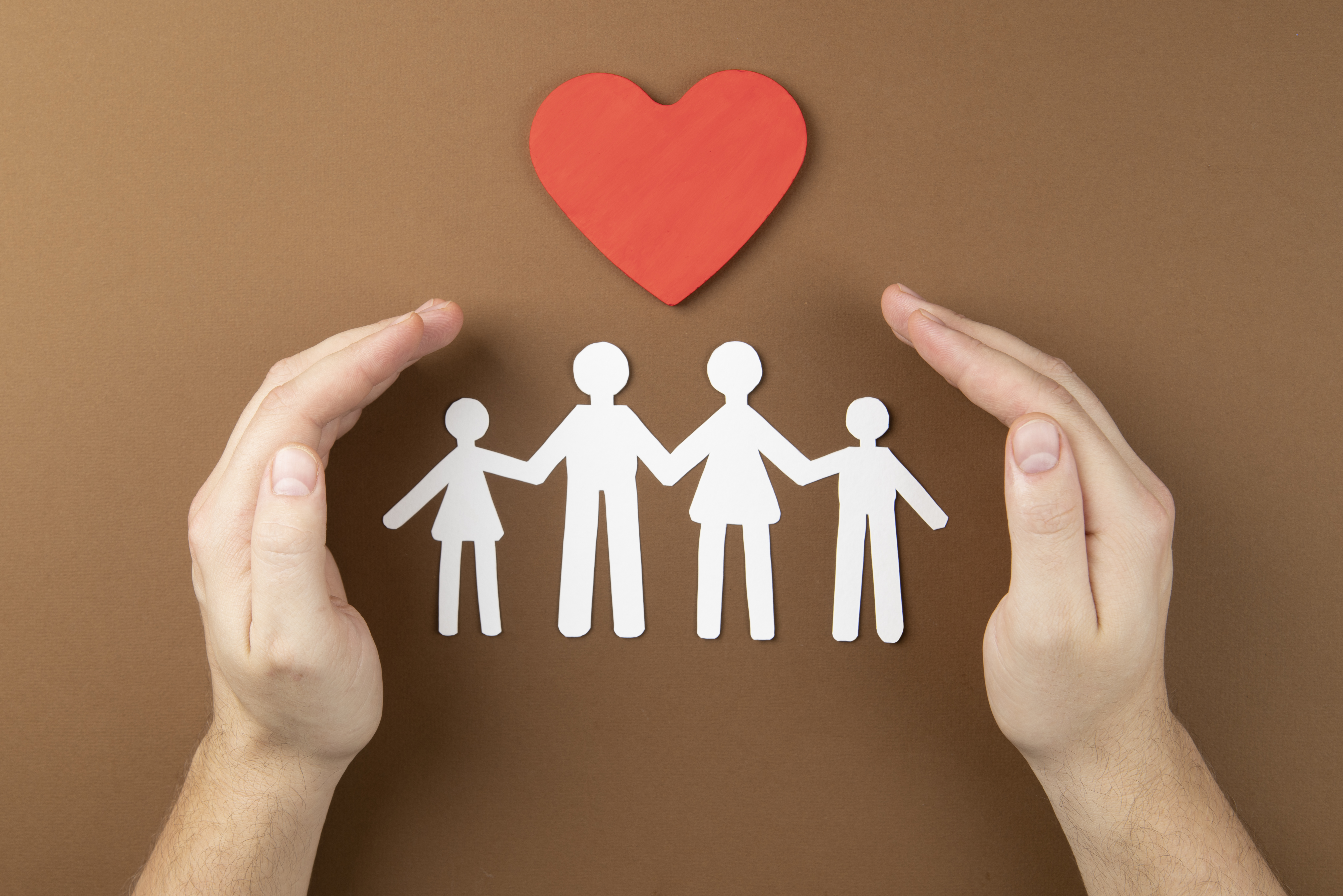Wildfire Evacuation Plan: Steps to Protect Your Family
When disaster strikes, time is the most precious resource. Every second matters, and having a clear wildfire evacuation plan can be the difference between safety and tragedy. Wildfires are unpredictable, spreading faster than many people expect. They consume dry vegetation, jump roads, and engulf neighborhoods within minutes.
This guide will help you understand how to protect your family, prepare your home, and respond effectively when evacuation orders come. Whether you live in a wildfire-prone state like California, Texas, Oregon, or Colorado, or you want to be ready, a well-designed wildfire evacuation plan is your first line of defense.
Table of Contents:
Why You Need a Wildfire Evacuation Plan
Wildfires have become more frequent and severe due to climate change, droughts, and hotter summers. According to the U.S. Forest Service, over 70,000 wildfires occur each year, burning millions of acres and destroying thousands of homes. Many of these disasters strike with little warning, leaving families with only minutes to react.
Without a wildfire evacuation plan, panic can set in. Families waste valuable time gathering essentials, deciding where to go, or arguing about next steps. A solid plan eliminates confusion and turns chaos into coordinated action.
The Main Goals of a Wildfire Evacuation Plan
- Ensure life safety is the top priority.
- Provide a clear escape route for every family member.
- Protect essential belongings and critical documents.
- Facilitate fast communication and family reunification.
- Assist emergency responders by keeping evacuation routes clear.
Understanding Wildfire Behavior
Before creating your evacuation plan, it helps to understand how wildfires move and spread.
Wildfires can travel at speeds of up to 14 miles per hour on flat land and even faster uphill, as heat rises. That means you may have less than 15 minutes to evacuate once a fire approaches.
Flying embers can ignite new fires up to a mile ahead of the main blaze. These spot fires can surround neighborhoods and block exits unexpectedly.
Even if flames don’t reach your area, smoke inhalation can be deadly. Fine particles in smoke irritate lungs, trigger asthma, and cause long-term respiratory damage.
Local authorities often declare three evacuation levels:
- Level 1: Be ready (prepare to leave at a moment’s notice).
- Level 2: Be set (pack and load your vehicle).
- Level 3: Go now (mandatory evacuation).
Creating a Family Wildfire Evacuation Plan

- Print a hard copy of your map.
- Please share it with every household member.
- Practice driving each route in different conditions, day, night, and low visibility.
Also, familiarize yourself with local evacuation zones and community shelters ahead of time.
2. Designate Meeting Points
- Near your home, like a park or neighbor’s driveway.
- Outside your neighborhood or city, in case local roads are impassable.
Everyone should know both locations by heart.
3. Create a Family Communication Plan
- Choose an out-of-town emergency contact everyone can call.
- Write down key phone numbers and keep copies in wallets and go-bags.
- Teach children how to use a phone, call 911, and give their full address.
Use apps like FEMA, Red Cross Safe & Well, or Life360 to update family members during crises.
4. Include Pets in Your Evacuation Plan
- Keep carriers, leashes, and food ready.
- Store a pet emergency kit with water, vet records, and photos.
- Identify pet-friendly shelters or hotels now, don’t wait until evacuation time.
5. Assign Responsibilities
- One person grabs emergency kits.
- Another secures pets.
- Someone else ensures elderly or disabled family members are safely assisted.
When everyone knows their role, you save time and reduce panic.
6. Practice Regularly
- Use a timer to simulate urgency.
- Test your communication plan.
- Review escape routes and update your plan as needed.
Evacuation Checklist: What to Pack and Prepare

- At least three days of water (1 gallon per person per day)
- Non-perishable food
- Flashlight and extra batteries
- Battery-powered or hand-crank radio
- First-aid kit
- Prescription medications
- Copies of identification and insurance policies
- Cash in small bills
- Masks and goggles to protect from smoke
- Cell phone chargers and power banks
- Change of clothes and sturdy shoes
- Blankets or sleeping bags
- Birth certificates
- Passports
- Insurance policies
- Property deeds or mortgage papers
- Medical records
Scan digital copies and store them on a cloud drive for extra security.
For Babies and Children
- Formula, bottles, and diapers
- Extra clothes
- Favorite toys or comfort blankets
- Snacks and wipes
- Pet food, water, and bowls
- Leash, harness, and carrier
- Medications
- Pet ID tags and vaccination records
- Waste bags or litter
- Keep your gas tank at least half full.
- Store jumper cables, spare tire, and toolkit.
- Have a paper map of your area.
- Load emergency supplies before fire season begins.
During the Evacuation: Safety Tips
When the evacuation order arrives, do not hesitate. Many people underestimate how quickly fires move, and waiting even ten minutes can trap you on burning roads.
- Monitor local emergency alerts through the National Weather Service, NOAA Radio, or Cal Fire updates.
- Follow official social media pages for your county or city.
- Never rely solely on neighbors or rumors; misinformation spreads fast during crises.
If you have a few minutes before evacuating, take these critical steps:
- Close all doors and windows (but don’t lock them).
- Remove curtains and move furniture away from windows.
- Turn off gas, propane, and pilot lights.
- Leave exterior lights on; it helps firefighters navigate the smoke.
- Fill sinks, bathtubs, and buckets with water to slow embers.
These actions won’t guarantee your home’s survival, but can reduce fire intensity and increase firefighter safety.
3. Dress for Safety
Wear:
- Long pants and sleeves (preferably cotton or wool)
- Closed-toe shoes or boots
- Masks or damp cloths over your face to filter the smoke
Avoid synthetic materials like nylon, as they can melt.
4. Evacuate Calmly
- Drive with headlights on.
- Roll up windows and turn on the air recirculation to avoid smoke.
- Stick to official evacuation routes; shortcuts may lead to dead ends or fire zones.
- Keep your radio tuned to emergency channels.
Returning Home After a Wildfire
The danger doesn’t end when the flames are out. Returning home safely is another crucial phase of your wildfire evacuation plan.
Never return home until authorities declare it safe. Fires can reignite from smoldering embers, and debris or fallen power lines may block roads.
2. Wear Protective Gear
When inspecting your property, wear gloves, boots, long sleeves, and a mask. Ash and soot may contain harmful chemicals.
3. Assess Structural Safety
Before entering your home:
- Look for cracked foundations or leaning walls.
- Check for gas leaks if you smell gas. Leave immediately and call your utility company.
- Examine roofs and attics for hidden embers.
- Don’t use water from taps until the local water supply is cleared for consumption.
4. Document the Damage
Take detailed photos and videos of all affected areas, interior and exterior. This documentation is vital for insurance claims and financial aid.
5. Contact Your Insurance Provider
Call your insurer as soon as possible to report damages. Keep records of:
- Policy numbers
- Photos of damage
- Receipts for temporary lodging, meals, and repairs

- Local disaster relief groups
- Counseling services
- Faith-based or community organizations
Frequently Asked Questions (FAQ)
Start by identifying two escape routes, setting meeting points, and making an emergency contact list. Prepare go-bags with essentials for each family member, including pets. Review and practice the plan at least twice a year.
2. What should I pack in a wildfire evacuation kit?
Include water, food, medications, first aid, flashlights, chargers, cash, and copies of essential documents. Customize the pack formula, diapers, and leashes for children and pets.
3. What if family members are separated during evacuation?
Have everyone memorize your emergency contact and meeting spots. Use communication apps when possible, but don’t rely solely on technology. Write down phone numbers on paper.
4. Can I stay home to defend my property?
It’s unsafe. Fires change direction quickly, and smoke inhalation kills more people than flames. Evacuate immediately when ordered. Your home can be rebuilt, your life cannot.
5. What should I do after a wildfire damages my property?
Final Thoughts and Call to Action
Wildfires are terrifying, but preparation brings control. A wildfire evacuation plan gives your family a roadmap to safety, transforming panic into action and fear into focus.
Here’s what you can do right now:
- ✅ Create your evacuation plan today.
- ✅ Pack your emergency go-bags.
- ✅ Review your insurance coverage.
- ✅ Practice your escape routes with your family.
No one expects disaster to strike until it does. The steps you take today can save lives tomorrow.

We’re here to fight for your recovery, rebuild your peace of mind, and make sure you’re not left alone after the flames fade.

